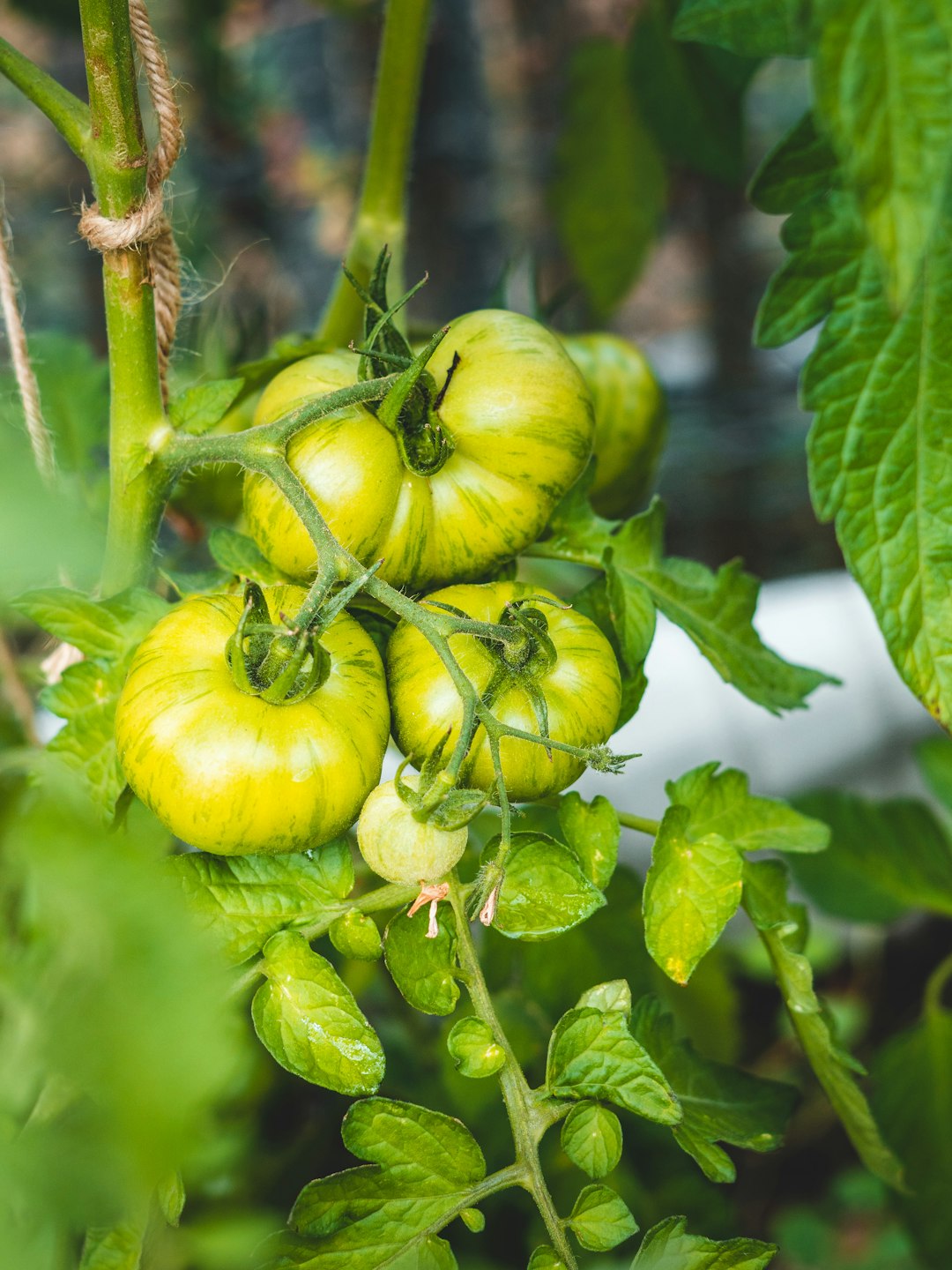The Art of Herb Combinations in Your Garden

Edible gardening has gained significant popularity in recent years, and one of the most rewarding aspects of it is growing herbs. Herbs not only add flavor to our dishes but also bring a touch of freshness and beauty to our gardens. However, not all herbs thrive in the same conditions, and understanding which herbs can be planted together is crucial for a successful herb garden, whether it's in the ground or in containers.
When it comes to herb gardening, the first thing to consider is the growing requirements of each herb. Some herbs prefer full sun, while others can tolerate partial shade. For example, basil is a sun - loving herb that needs at least 6 to 8 hours of direct sunlight per day. It grows well in warm and sunny spots in the garden. On the other hand, mint is more adaptable and can grow in partial shade. It has a tendency to spread vigorously, so it's often a good idea to plant it in containers to prevent it from taking over other herbs.
Let's start by looking at some great herb combinations for a sunny garden. Rosemary and thyme are a classic pair. Both are Mediterranean herbs that thrive in well - drained soil and full sun. They have similar water requirements, preferring the soil to dry out slightly between waterings. Rosemary has a strong, pine - like flavor, while thyme has a more subtle, earthy taste. Together, they are perfect for seasoning roasted meats and vegetables.
Another excellent combination for a sunny location is sage and oregano. Sage has a robust, slightly bitter flavor, and oregano has a pungent, spicy taste. These two herbs are commonly used in Italian and Mediterranean cuisine. They grow well side by side as they both enjoy full sun and well - drained soil. You can harvest them together and use them in pasta sauces, pizza toppings, or to flavor olive oil.
If you have a spot in your garden that gets partial shade, parsley and chives make a great combination. Parsley is a biennial herb that can tolerate some shade. It has a fresh, clean flavor and is often used as a garnish or in salads. Chives, with their mild onion flavor, also do well in partial shade. They can be snipped and added to soups, omelets, or cream cheese spreads. The combination of parsley and chives not only looks attractive in the garden but also provides a variety of flavors for your cooking.
When growing herbs in containers, the possibilities are endless. You can create a mini - herb garden on your balcony or patio. A popular container combination is a mix of cilantro, dill, and lemon balm. Cilantro has a distinctive, fresh flavor that is widely used in Mexican, Indian, and Southeast Asian cuisine. Dill has a sweet, anise - like flavor and is great for pickling and adding to fish dishes. Lemon balm has a refreshing lemon scent and flavor, which can be used in teas, desserts, or to flavor cocktails. All three herbs can grow well in a medium - sized container as long as they have good drainage and are watered regularly.
It's also important to consider the growth habits of herbs when planting them together. Some herbs, like lavender, have a bushy growth habit, while others, like fennel, can grow quite tall. You should arrange your herbs in a way that allows each plant to have enough space to grow without overcrowding. For example, if you're planting lavender and thyme in the same area, make sure to give the lavender enough room to spread out, as it can become quite large over time.
Companion planting is another aspect to keep in mind. Certain herbs can benefit each other when planted together. For instance, marigolds are known to repel pests, and planting them near your herbs can help protect them from insects. You can plant marigolds around the perimeter of your herb garden or intersperse them among the herbs. This not only adds a splash of color but also provides a natural form of pest control.
In addition to the practical aspects of growing herbs together, there's also an aesthetic appeal. A well - planned herb garden can be a beautiful addition to your outdoor space. You can arrange the herbs in different colors, textures, and heights to create an eye - catching display. For example, the purple flowers of lavender, the green foliage of basil, and the yellow blooms of chamomile can create a visually stunning combination.
To maintain a healthy herb garden, regular pruning is essential. Pruning helps to keep the herbs bushy and encourages new growth. You can harvest the herbs as you need them, which also serves as a form of pruning. When harvesting, make sure to use sharp, clean scissors or pruning shears to avoid damaging the plants.
In conclusion, growing herbs together in your garden or in containers is a wonderful way to enhance your cooking and enjoy the beauty of nature. By understanding the growing requirements, growth habits, and companion planting benefits of different herbs, you can create a thriving herb garden that provides you with a constant supply of fresh, flavorful herbs. Whether you're a seasoned gardener or a beginner, experimenting with different herb combinations is a fun and rewarding experience.